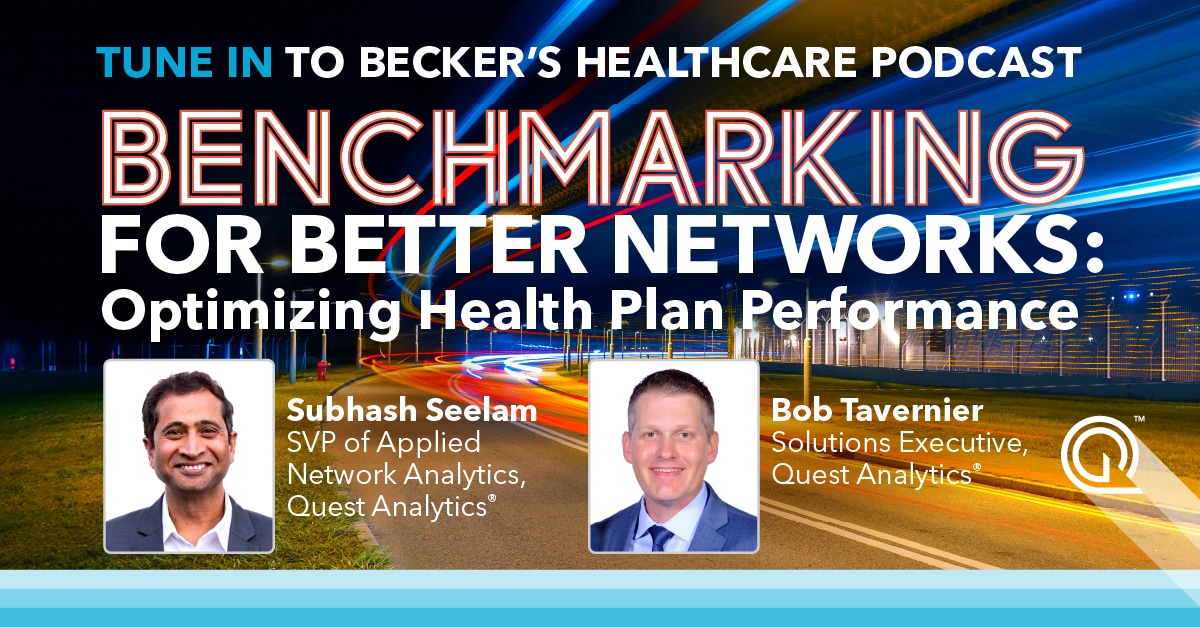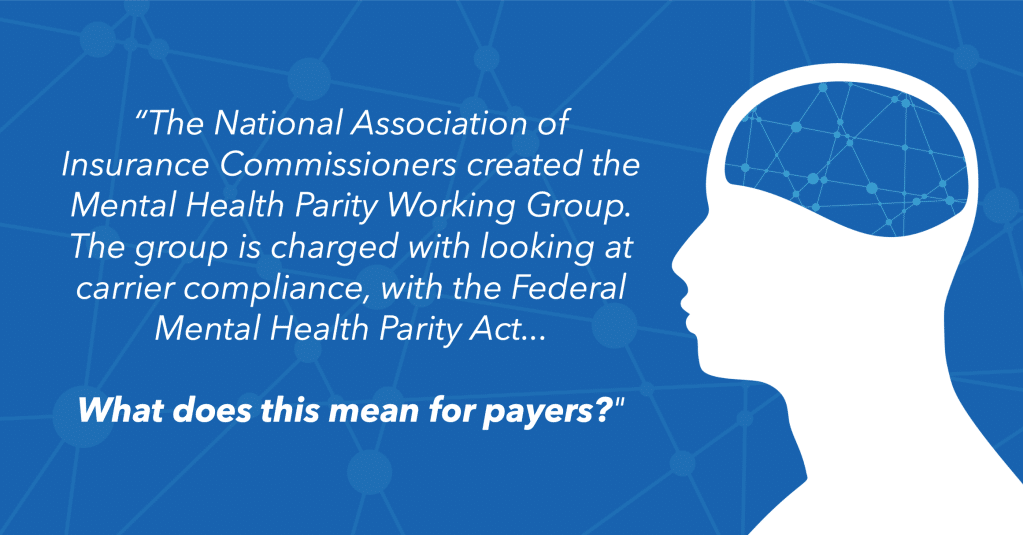Our new normal is far from normal. There is this level of incredible, nonstop uncertainty around our current situation, and none of us are immune. CDC data, collected in late June, noted an increase month-over-month in mental health issues. It showed that 40 percent of adults struggled with anxiety, depression, suicidal thoughts and substance abuse1. Subsequently, many health plan members seeking help cannot find an in-network provider that has appointment availability or is readily accessible to the member. Some plans offer out-of-network coverage. But for most, there are two choices – pay full out-of-pocket costs or forgo care when no in-network provider is available.
Even before the pandemic, there was an increasing focus on mental health access due to consumers reporting difficulties finding in-network care. In response, the National Association of Insurance Commissioners created the Mental Health Parity Working Group. The group is charged with looking at carrier compliance, with the Federal Mental Health Parity Act, and recently released a draft of quantitative treatment measurements (QTLs), which measure things such as visit limits and day limits2. In future meetings, they will be looking at the non-quantitative treatment limits (NQTLs), which includes restrictions such as geographic limits, facility-type limits and network adequacy. What does this mean for payers? Now is the time to measure, and manage networks for adequate mental health coverage.
In the wake of COVID, regulators will be pushed to come up with new measurements to address concerns. For example, we’ve seen our regulator clients ask payers to provide more data points that include reporting additional types of mental health specialties; measuring providers with substance abuse prescribing capabilities; requiring certain ASAM levels of care within the network and evaluating which essential community providers can provide mental health services. We also know regulators and payers are struggling with the interpretation of acceptable compliance standards, which is leading to more data calls and market conduct exams.
How can payers make sure they are proactively addressing concerns?
For one, payers should have the capability to see their networks in real-time, not just during the quarterly or annual compliance filing. Quickly identifying and remediating current and potential gaps by assessing the market of available mental health providers is critical to providing adequate access to care. Validating their provider data will become essential to ensuring their networks are not inflated with terminated providers, excessive provider locations or suspect specialties…all things regulators are keenly aware of and will not look upon in a favorable light.
Some of the most important metrics are the ones that are not yet measured.
Taking a deeper dive into the provider data and assessing access to specialists beyond what is currently required is a proactive first step. Looking at the market of mental health providers in a service area is essential to identify provider shortages or an unwillingness to contract. Market data can inform policy changes, such as removing licensure obstacles and certification flexibilities. Finally, we’re seeing progress with regulations and technologies enabling the practice of medicine through telehealth technologies, using telehealth providers to increase mental health choices enhances the availability of mental health offerings.
Payers should also think beyond current network management practices.
By incorporating claims data, payers can gain insight into a particular provider and the capacity of the entire network. Another smart move is incorporating provider open panel status into the network review. By looking at panel status, payers may be able to see where insureds are forced to go out of the network. Additionally, incorporating data that allows a plan to look at a network from a quality perspective based on a geographic region is another proactive step.
Watch our on-demand webinar to learn how states and the National Association of Insurance Commissioners (NAIC) are looking to strengthen access to mental health services.
1Mental Health, Substance Use, and Suicidal Ideation During the COVID-19 Pandemic — United States, June 24–30, 2020, https://www.cdc.gov/mmwr/volumes/69/wr/mm6932a1.htm?s_cid=mm6932a1_w
2NAIC Mental Health Parity and Addiction Equity Act (MHPAEA) (B) Working Group, https://content.naic.org/cmte_b_mhpaea_wg.htm








